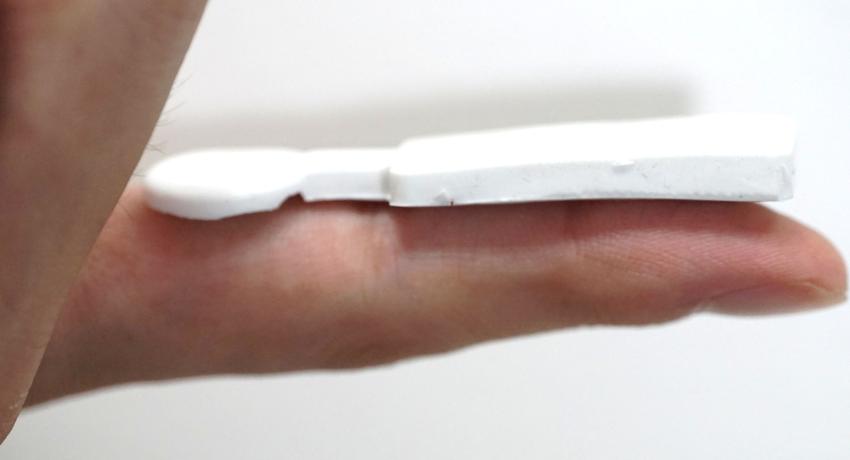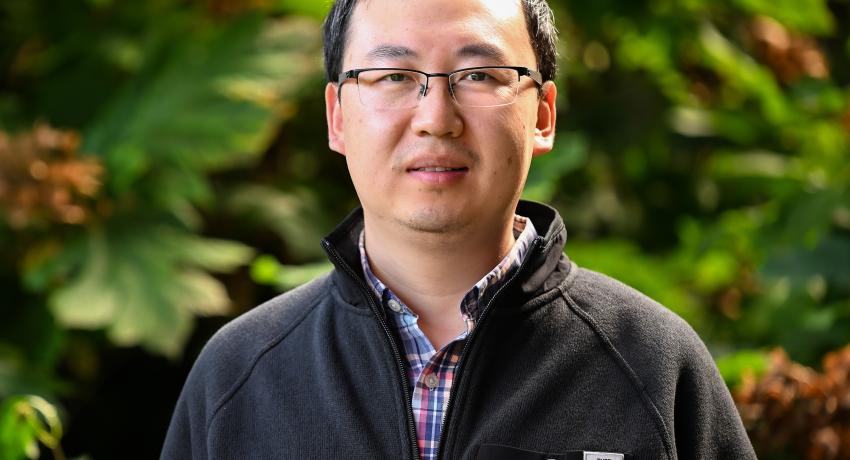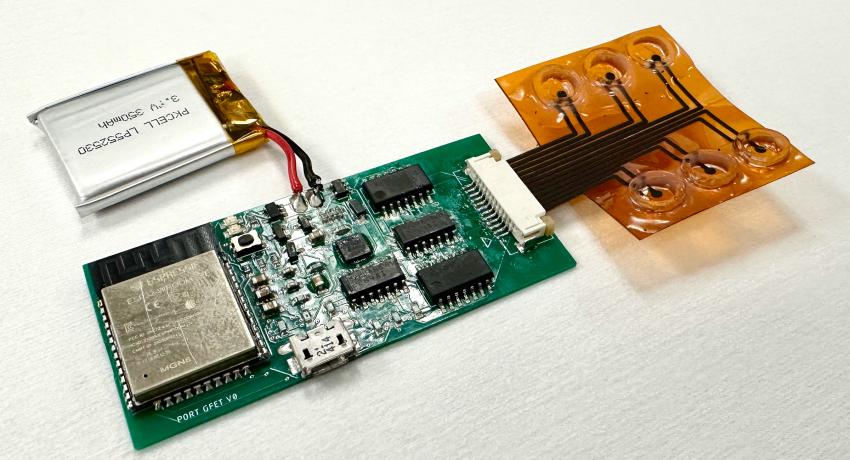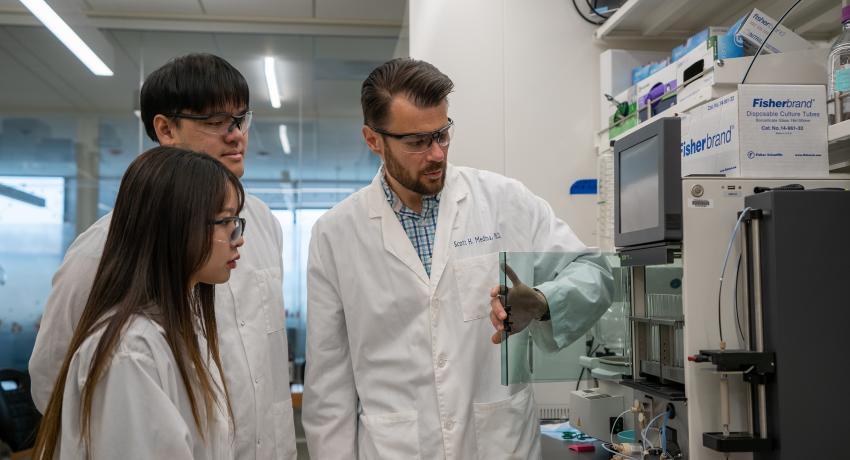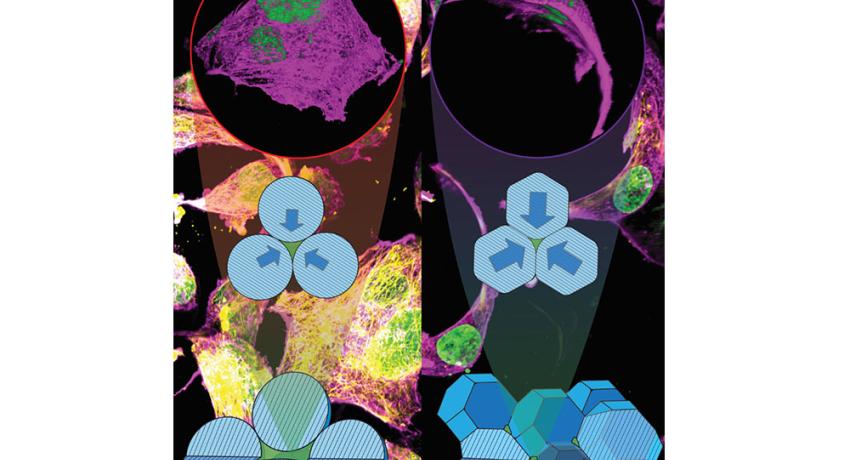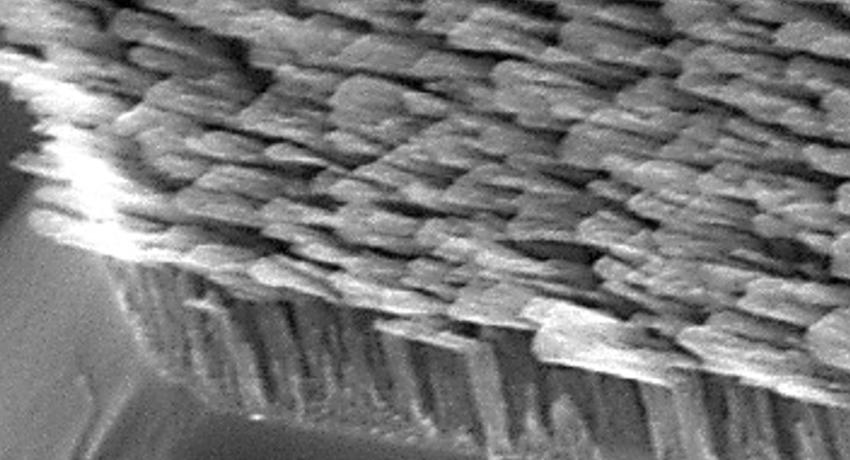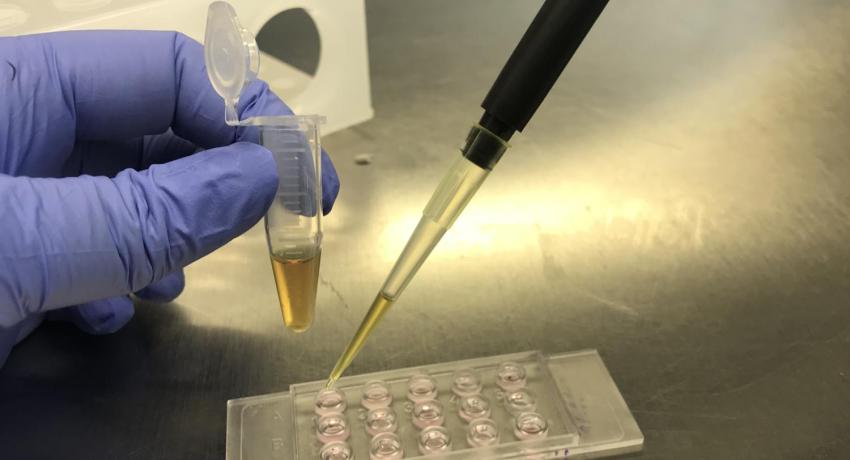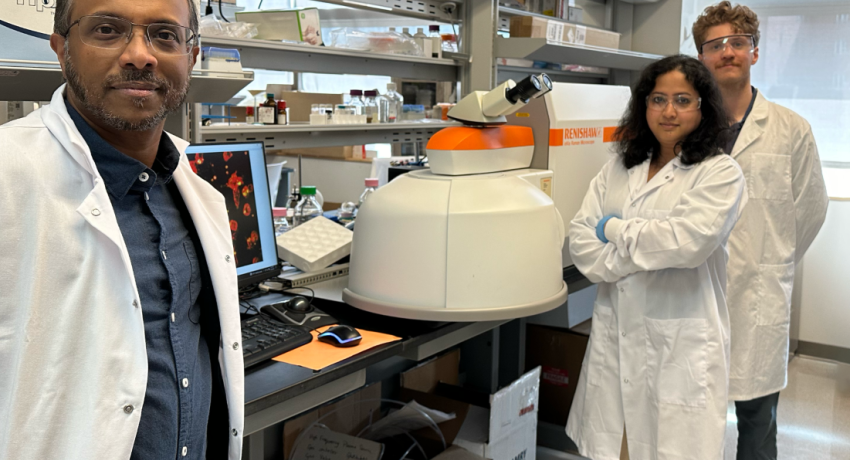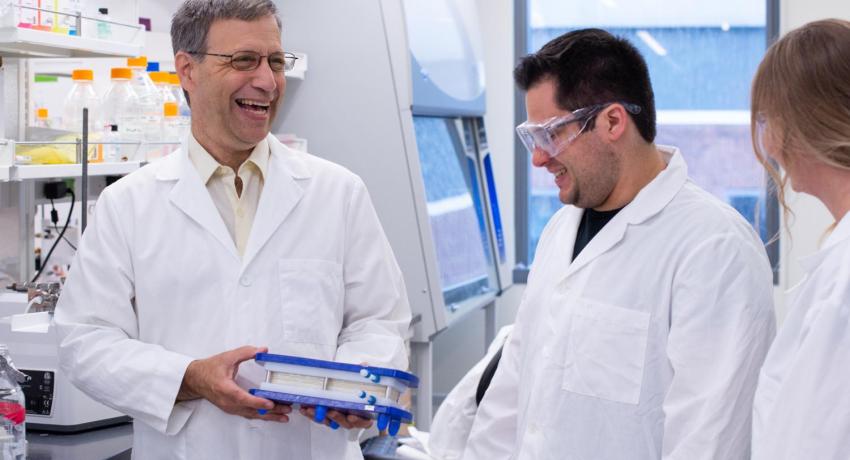High-tech sticker can identify real human emotions
By Adrienne Berard
Saying one thing while feeling another is part of being human, but bottling up emotions can have serious psychological consequences like anxiety or panic attacks. To help health care providers tell the difference, a team led by scientists at Penn State has created a stretchable, rechargeable sticker that can detect real emotions — by measuring things like skin temperature and heart rate — even when users put on a brave face.
